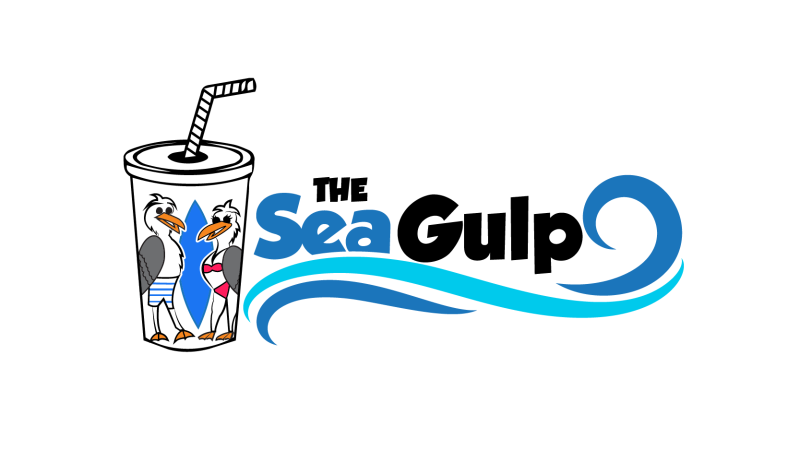USGS scientists have determined that nearly half of Americans are exposed to potentially damaging earthquakes based on where they work and live. Still others will be at risk when traveling. Everyone, everywhere, should know how to protect themselves during an earthquake. Don’t leave it to luck.
Be prepared and join millions of people participating in Great ShakeOut earthquake drills worldwide on Oct. 18. During the drill, participants practice “Drop, Cover, and Hold On.” This is the recommended safety action to take during an earthquake.
Shake It Like It’s Real
Mark your calendar and register to participate so that you know how to protect yourself, those you love and your community. Families, schools, businesses and organizations can all sign up and get involved. There are many ways to participate, and a variety of resources and tips are provided online. This includes pre-made flyers, drill broadcast recordings, drill manuals and more.
The History of ShakeOut
The USGS is a proud founder and supporter of ShakeOut. The ShakeOut began in California in 2008 and has since spread to other states and is now international as well. People and organizations in all U.S. states and territories and most countries can register their drills through the ShakeOut site.
What’s Your Exposure to Earthquake Shaking?
To learn about your exposure to ground shaking from an earthquake near you, check out the recently released 2014 USGS National Seismic Hazard Maps. These maps reflect the best and most current understanding of where future earthquakes will occur, how often they will occur and how hard the ground will likely shake as a result.
What to Do During the Drill
Most people will hold their ShakeOut drills at 10:18 a.m. local time on Oct. 18 (though drills can be held anytime and on other days if necessary). If you are indoors, you should “Drop, Cover, and Hold On.” Drop where you are onto your hands and knees, then crawl for cover under a nearby sturdy desk or table and hold on to it securely. If you are not near a desk or table, crawl against an interior wall, then protect your head and neck with your arms. Avoid exterior walls, windows, hanging objects, mirrors, tall furniture, large appliances and kitchen cabinets filled with heavy objects or glass.
During the drill, look around and see what objects could fall during a potential earthquake, and make sure to secure or move those items after the drill.
If you happen to be outdoors in a real earthquake, move to a clear and open area if you can do so. Avoid power lines, trees, signs, buildings, vehicles and items that can fall on you. If you are driving, pull over to the side of the road and set the parking brake. Do not shelter under bridges, overpasses, power lines or traffic signs. Make sure to remain inside the vehicle until the shaking has stopped.
USGS Science in ShakeOut
The USGS has created and provides information tools to support earthquake loss reduction, including hazard assessments, scenarios, comprehensive real-time earthquake monitoring and public preparedness handbooks. USGS also develops earthquake scenarios that help shape preparedness exercises such as the ShakeOut. USGS earthquake research helps emergency managers understand where earthquakes occur and valuable information about the potential damages and losses.
The original ShakeOut was based on a comprehensive analysis of a major earthquake in southern California known as “The ShakeOut Scenario.” That project, completed in 2008, was led by the USGS and many partners as a demonstration of how science can be applied to reduce risks related to natural hazards. The concept and organization of a public drill came out of the collaboration between the USGS, the Southern California Earthquake Center and other partners of the Earthquake Country Alliance.
The success of the 2008 ShakeOut drill inspired other states and countries to want to participate. The third Thursday of October each year is now International ShakeOut Day, with more countries joining each year. ShakeOut’s growth is coordinated by SCEC (which also manages ShakeOut websites globally) with the support of many agencies and partners across the nation, including the USGS, Federal Emergency Management Agency, National Science Foundation, the Central U.S. Earthquake Consortium and several others.
ShakeAlert is Open for Business!
The 2018 Great ShakeOut earthquake drill will provide an opportunity for communities along the West Coast to envision how the ShakeAlert Earthquake Early Warning System will be used in the future. ShakeAlert detects significant earthquakes so quickly that alerts can reach many people before shaking arrives. In late September, the U.S. Geological Survey and ShakeAlert partners released ShakeAlert version 2.0, which more accurately detects earthquakes for issuing ShakeAlerts and minimizes false alerts.
“ShakeAlert is a critical investment in reducing risk for our nation’s future,” said USGS Director Jim Reilly. “Our country’s first public earthquake early warning system will allow citizens, institutions, and managers of essential infrastructure to take timely actions that will save lives and property.”
The public is already benefiting from ShakeAlert with nearly 40 pilot users in over a dozen sectors, including transportation, education, health care, and utilities across California, Oregon, and Washington, who are testing automated actions such as slowing down trains and and other protective actions that benefit the public.
The USGS and its ShakeAlert partners stress that ShakeAlerts complement existing tools that contribute to risk reduction. To learn more about ShakeAlert, follow us on Twitter or visit the ShakeAlert website.
Learn More
The USGS provides rapid alerts of potential impacts from an earthquake through its Prompt Assessment of Global Earthquakes for Response system. Sign up to receive earthquake notices through the USGS Earthquake Notification System. If you feel an earthquake, report your experience on the USGS “Did You Feel It?” website.
Learn how to prepare at home using the 7 Steps to Earthquake Safety from the guidebook “Putting Down Roots in Earthquake Country,” written for different areas of the country and in several languages.
News media can also find information online regarding events, contacts and other items of interest.
Additional information on what you can do to prepare for earthquakes at work and home is available on the Great ShakeOut website.





















